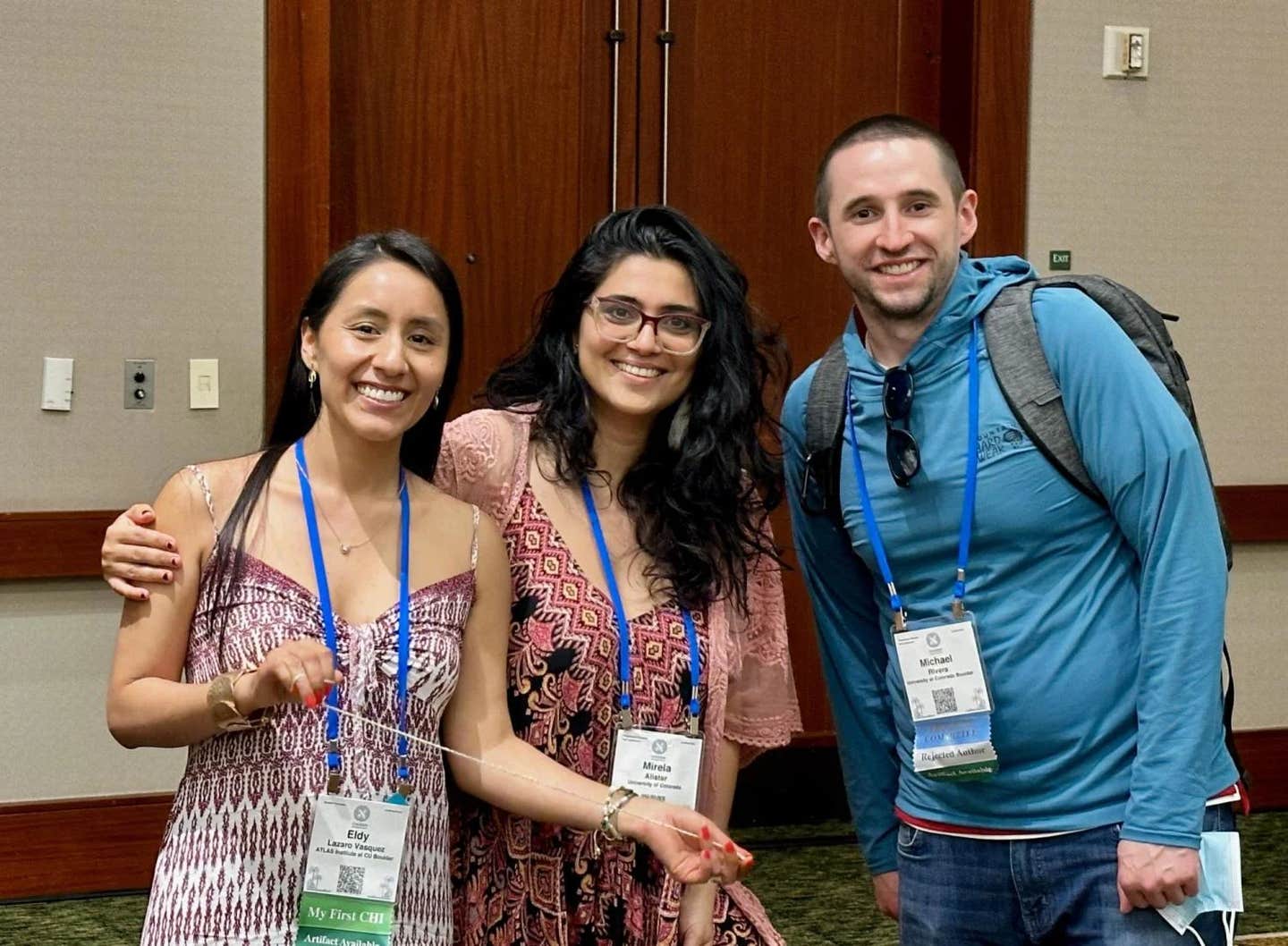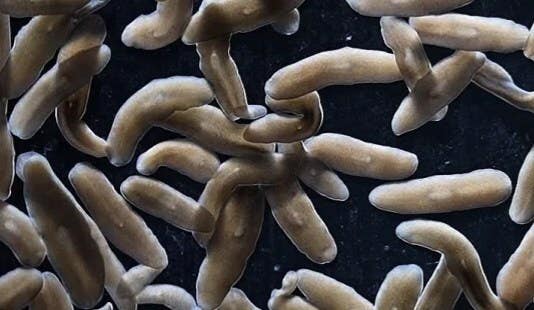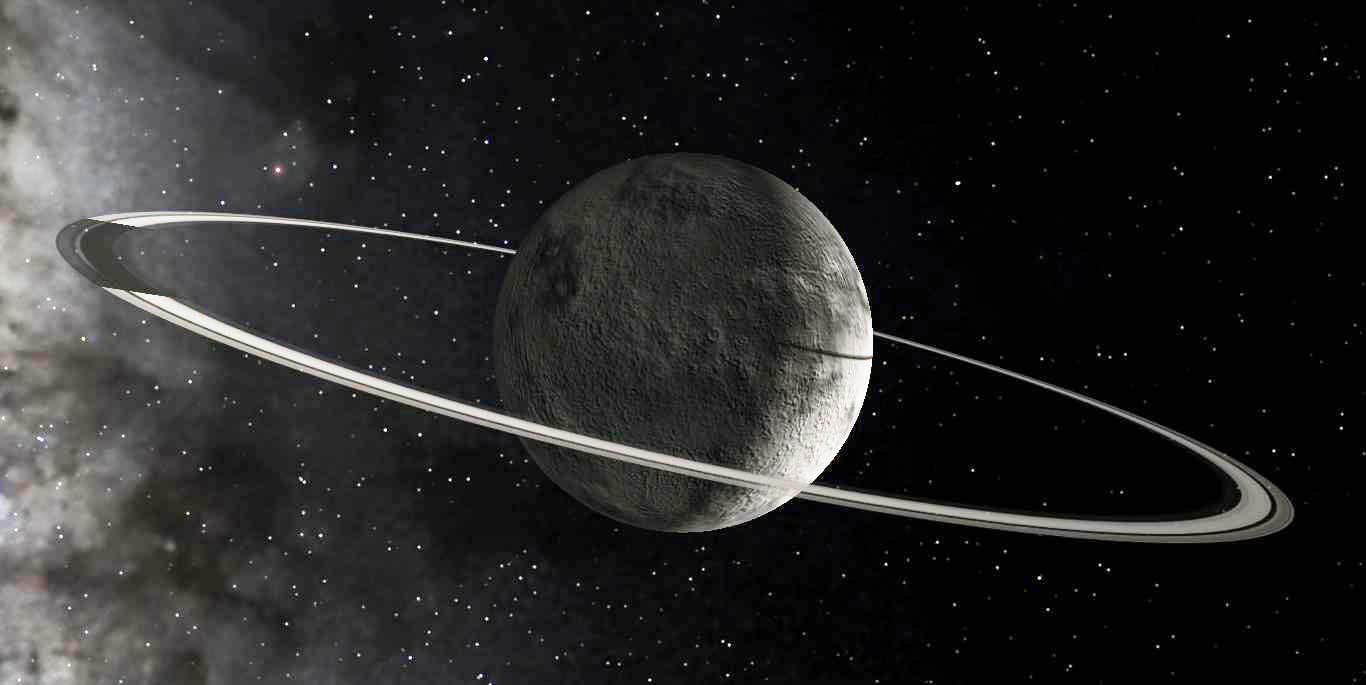The future of fashion? Clothes designed to dissolve after use
This project offers a glimpse into the future of fashion – a world where clothes are not disposable trends, but part of a circular system

The fashion industry is notorious for its environmental impact. Mountains of discarded clothing end up in landfills each year, contributing to a growing waste crisis. Researchers at the University of Colorado Boulder's ATLAS Institute are revolutionizing the industry with a novel solution: biofibers derived from gelatin.
This innovative project offers a glimpse into the future of fashion – a world where clothes are not just disposable trends, but part of a circular system. Imagine a t-shirt that biodegrades when you're done with it, leaving behind raw materials to create new garments. This is the vision behind the team's research, presented at the CHI Conference on Human Factors in Computing Systems.
Turning Waste into Wearable Art
The project, led by PhD student Eldy Lázaro Vásquez, tackles the issue of textile waste head-on. In the United States alone, the Environmental Protection Agency reports that over 11 million tons of textiles were disposed of in landfills in 2018, constituting nearly 8% of all municipal solid waste.
The team's solution lies in a readily available, often wasted material – gelatin. Derived from animal bones and hooves, vast quantities of gelatin are discarded by the meat industry every year. Lázaro Vásquez, who sourced her gelatin powder from a local butcher shop, envisioned transforming this waste product into a valuable resource for the fashion industry.
The team's ingenious machine, costing a mere $560 and small enough for a desk, represents a democratization of textile production. "You could customize fibers with the strength, elasticity, and color you desire," explains Lázaro Vásquez. "This machine empowers anyone to create their own biofibers, eliminating the need for expensive, industrial equipment."
The rise of "smart textiles," like the Levi's Trucker Jacket with Jacquard by Google, exemplifies the growing integration of technology into fashion.
Related Stories:
However, as co-author Michael Rivera, Assistant Professor at the ATLAS Institute, highlights, these advancements often come at an environmental cost. "Such garments are difficult to recycle because of the complex mix of materials like denim, copper yarns, and electronics," he explains.
Lázaro Vásquez's team offers an alternative. Their machine utilizes a heated syringe to dispense liquid gelatin, which is then stretched into thin fibers by a set of rollers – akin to a spider spinning its web. During this process, the fibers can be treated with bio-based dyes or strengthened with natural additives like genipin, a fruit extract.
Dissolvable Designs and Endless Possibilities
The potential applications of these biofibers are vast, according to Lázaro Vásquez. To demonstrate their versatility, the researchers created sensor patches using a combination of gelatin fibers, cotton, and conductive yarns, similar to those found in smart jackets.
When submerged in warm water, the gelatin dissolved, leaving behind the reusable yarns – a testament to the recyclability of these bio-based materials.
Further research is underway to fine-tune the properties of the fibers. Lázaro Vásquez acknowledges the need for durability; after all, nobody wants their clothes dissolving in a light drizzle. The team is also exploring the potential of other natural materials like chitin from crab shells and agar-agar derived from algae.
"We're rethinking the entire lifecycle of textiles," emphasizes Lázaro Vásquez. "This starts with the source material. Can we utilize waste products to create sustainable fashion?" The answer, thanks to this groundbreaking research, appears to be a resounding yes.
The development of biofibers paves the way for a more responsible and eco-friendly fashion industry, where clothes are not just worn, but thoughtfully designed with the environment in mind.
For more science and technology stories check out our New Innovations section at The Brighter Side of News.
Note: Materials provided above by The Brighter Side of News. Content may be edited for style and length.
Like these kind of feel good stories? Get the Brighter Side of News' newsletter.
Rebecca Shavit
Science & Technology Journalist | Innovation Storyteller
Based in Los Angeles, Rebecca Shavit is a dedicated science and technology journalist who writes for The Brighter Side of News, an online publication committed to highlighting positive and transformative stories from around the world. With a passion for uncovering groundbreaking discoveries and innovations, she brings to light the scientific advancements shaping a better future. Her reporting spans a wide range of topics, from cutting-edge medical breakthroughs and artificial intelligence to green technology and space exploration. With a keen ability to translate complex concepts into engaging and accessible stories, she makes science and innovation relatable to a broad audience.



